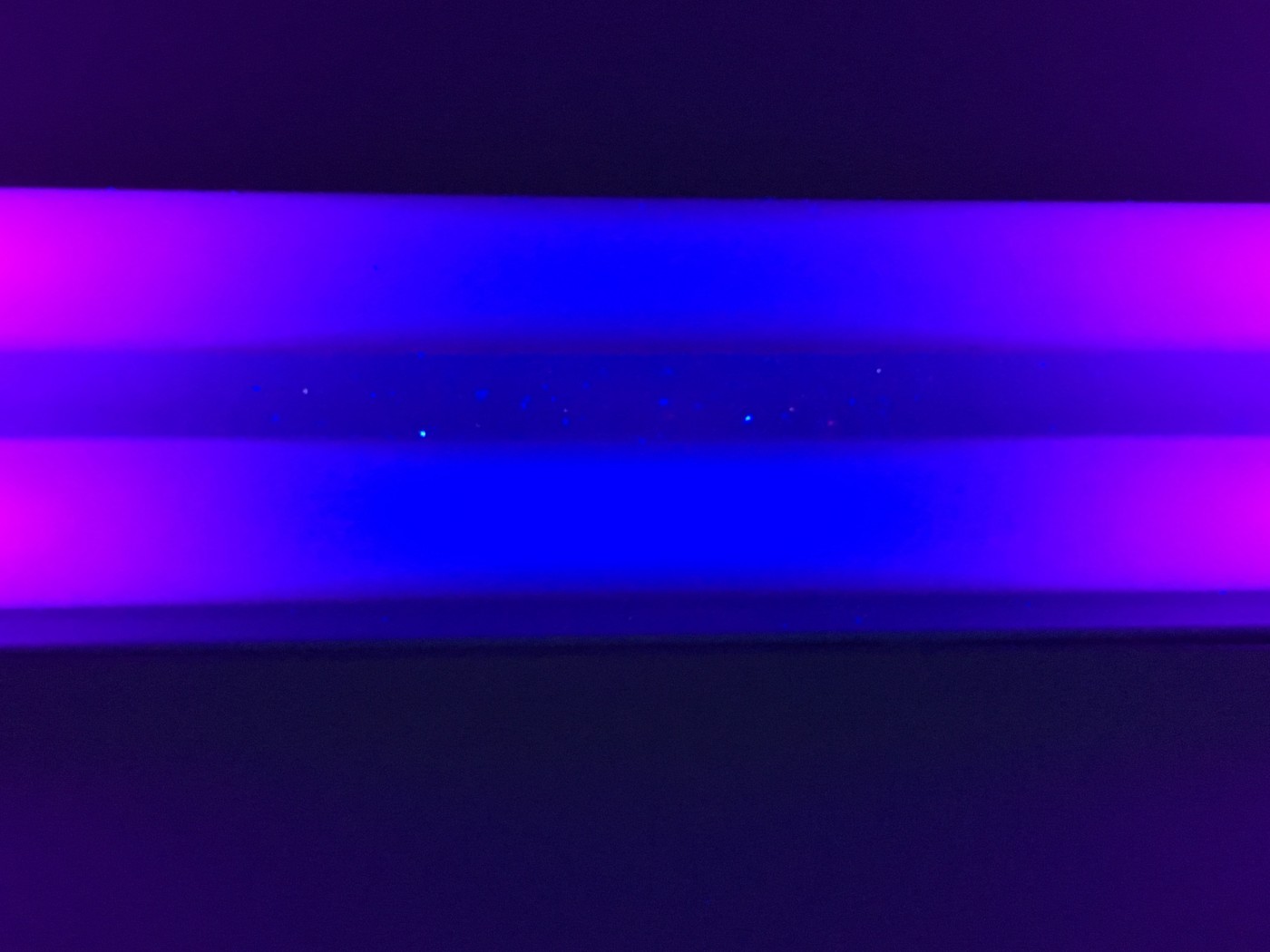UV Light May Lead Way to New Treatment for MS and Inflammation
Written by |

Researchers have found a way to harness inflammation with the help of ultraviolet (UV) light, making it possible to design an anti-inflammatory treatment that is more specific and causes fewer side effects.
If this approach can be developed for clinical treatment, it likely will have a large impact on the lives of people with multiple sclerosis and other inflammatory conditions.
The study, “Chemical optogenetic modulation of inflammation and immunity,” was published in the journal Chemical Science.
HDACs (histone deacetylases) are molecules driving inflammation and controlling a range of other processes. Drugs that block HDACs are being investigated in conditions that include neurodegeneration and cancer, but their role in inflammation is only beginning to be explored.
Since HDACs exist in tissues throughout the body, a blocker often interrupts other enzyme actions than the one intended, resulting in unwanted side effects. To get around the problem, researchers at Cornell University designed a molecule that can activate a HDAC blocker using UV light.
“Currently, there aren’t a lot of tools that are able to manipulate the immune system in a spatio-temporal fashion,” Pamela Chang, an assistant professor of microbiology and immunology, and the study’s senior author, said in a news release.
The team used an existing blocker and covered the part of the drug that interacts with HDAC with an additional molecule. This addition is set lose when the compound is exposed to UV light, allowing the drug to block HDAC.
“If you turned off all the HDACs in the body, you would probably be hitting a lot of pathways that you didn’t want to turn off,” said Chang. “We can control when and where we turn off the HDACs using light. The idea is that you can actually target the tissue that has chronic inflammation and regulate it by selectively inhibiting HDACs in the tissue that’s affected.”
In this way, the side effects of a treatment can be minimized.
So far, researchers tested the new compound in lab-grown cells, where UV-triggered drug actions reduced the levels of inflammatory molecules. The team also showed that the compound did not harm the cells.
“We are pushing the forefront of developing new technologies to control inflammation and the immune system, with the ultimate goal of being able to study these biological pathways and perhaps develop therapies for inflammatory diseases,” Chang concluded.





